Genealogy enthusiast, Susan Smith of Darlington, shares the story of how she became hooked on history ...'I've done a DNA Test!' That’s what Mother suddenly came out with one day about 3 years ago. It certainly came as a surprise to me! I had previously had a passing interest in my family history and an Ancestry.co.uk subscription on and off for a few years, but the thought of Mother taking a DNA test was a daunting yet curious and exciting prospect. It all came about when a distant relative contacted Mother out of the blue, asking her if she would agree to take an Ancestry DNA test as they were exploring the paternity of someone in their own family history. Mother was his closest living relative (or not as it turned out!). My Mother’s family history research began when her own Mother died in 1998 and she received a bundle of papers to sort through. In amongst the various old passports, driving licences, Cooperative Stamp Books and pension paraphernalia was her Fathers Birth Certificate. And something was missing. The story Mother had grown up with was that her father, Stanley McDermott, was the youngest of nine children and his parents were Thomas and Susan McDermott of Bradbury, County Durham. But these names were not written on his birth certificate!
Once Mothers DNA results appeared on her Ancestry account my curiosity sprang to life and I had to begin to investigate who Mother’s biological Grandfather actually was. Initially, I was faced with a huge list of her relatives, there were more than 17000 of them and we didn’t recognise ANY of their names. So the process of finding out who all these people sharing DNA with my Mother were began. Since then family history has become an obsession! The team at #AncestryHour would love to make this slot a regular feature, so do send us the story of how you too caught the #familyhistory bug. Please email your 500 to 750 words and a couple of pics to the team and we shall share them with the followers! If you have any questions please feel free to contact us
0 Comments
Antiques of all shapes and sizes find their way to Railton’s saleroom in Wooler, but the highlight due to go under the hammer on Saturday 10th October is truly majestic in both size and provenance. A genuine slice of Scottish architectural heritage is up for grabs in seven lots, numbers 233 – 239. Together the carved oak crest, doors, seats and columns make up the ‘The Victoria Pew’, also known as the ‘The Royal Pew’ or ‘The Sovereign Pew’ which formerly graced the interior of St Giles Cathedral in Edinburgh for 138 years. However, the monarch for whom it was made ‘was not amused’ and the Gothic style pew never found royal favour! In 1872, Edinburgh Provost, William Chambers, began a programme or renovations to restore St Giles Cathedral to its pre-Reformation state. In 1560 it had been split into 4 independent churches, each with an independent minister, of which the East Church or former Medieval Choir was the most venerable. Designed in 1872/73 by architect William Hay, ‘The Victoria Pew’ was designed to replace the existing monarch’s pew which had stood there. Carved in oak it was manufactured by Taylor & Sons, joiners in Princes Street in the late Gothic style. The pew was initially positioned facing East against a remaining part of a dividing wall. It would not remain here long, however, and in 1878 was removed altogether as further renovations saw the wall to which it had been attached removed. A completely new Royal Pew was commissioned, and the original, following extensive remodelling was finally repositioned at the West entrance where it served as a vestibule. The monarch’s central chair was replaced by a pair of large double doors (Lot 234) with the Royal Crest above (Lot 233) to provide a processional entry. The huge doors were flanked by the remaining seats (Lot 235) with a carved sectioned canopy above and behind (Lots 236 & 237). The vestibule had two further sets of side doors with glazed panels (Lots 238 & 239) which provided entrances to the north and south. The poor old pew did not find favour here either as the vestibule it now provided was thought to be gloomy. It was finally replaced by new glass panels in 2010. It is believed that 90% of the vestibule removed from the Cathedral is present and makes up the seven lots for sale. Suitable for an ambitious large-scale renovation or to recreate a set worthy of Harry Potter, the sale represents an extraordinary opportunity for someone to acquire some fabulous architectural oak pieces with royal provenance included in the price!
In conjunction with |
| To mark 15 September, Battle of Britain Day (its 75th anniversary), a remarkable historical record can be viewed in English - and online - for the first time. Known as Hitler’s Black Book listing ‘enemies of the state, traitors and undesirables, marked for punishment or death’, it has been painstakingly translated from the original German by specialist military genealogy website Forces War Records. It documents 2,820 of the Reich’s ‘most wanted’ people in Britain, for targeting following invasion. The entire digital Black Book can be seen and searched, free, on (www.forces-war-records.co.uk). There are many notables within the collection: probable and improbable politicians, intelligentsia, even entertainers. One further person on the hit-list however is a little known hero that the website’s historians, while researching the reasons WHY each had been named, believe was the inspiration for James Bond. If he had been killed, the series may never have been written. ‘Britain’s Schindler’ who saved 10,000 Jews from the Holocaust, is also named. |
The Real 007
| ‘The real 007’, the wonderfully named Conrad Fulke Thomond O’Brien-ffrench, was a dashing and courageous spy who, for a dangerous few [weeks/months] was friendly with Bond creator, Ian Fleming. Giving Daniel Craig (starring in the 24th Bond movie, Spectre, from next month) a run for his money, O’Brien-ffrench, was the quintessential secret agent. Classy, well-connected, intelligent, adventurous and athletic (leading a climbing party to safety in the Himalayas in 1921), he moved in only the best circles. The fluent Russian speaking, expert skier later inherited the title Marquis de Castelthomond. Tim Hayhoe, managing director of Forces War Records – and the man behind the project explains: “Although wounded and captured during World War 1, he nevertheless managed to send letters in invisible ink to Cathleen Mann, the ‘Moneypenny’ to Major Stewart Menzies of British Counterintelligence. They contained details of troop movements and of a prototype heavy bomber, among other vital facts.” |
After the war MI6 recruited him to gather information on the Russian Red Army. Then, as World War Two loomed, he was assigned ‘agent Z3’ and based in Kitzbühel, Austria, he posed as a businessman, but secretly established a spy network that stretched deep into Germany. It was there that O’Brien-ffrench met and impressed Fleming with his style, magnetism and derring-do. The dashing socialite was the first person to hear that German troops were moving towards the Austrian border in 1938, and immediately reported the news to London, necessarily blowing his cover by using an open line to prevent delay. He also managed to warn many local residents who were in especial danger, giving them time to escape. It is lucky that O’Brien-ffrench too managed to leave the country, as the fact that his name appears in the ‘Black Book’ proves the Nazis wanted revenge.
britain's schindler
Major Francis E. Foley, born in Somerset in 1884, was studying Philosophy in Hamburg when World War One broke out, but managed to escape Germany with the aid of a borrowed German officers’ uniform. He initially joined the army and was later injured in action & rendered unfit for service, he was invited to join British Intelligence and spent the rest of the war recruiting for and running spy networks across France, Belgium and the Netherlands.
After the Great War he worked as Passport Control Officer in Berlin, a cover for his work as head of the Berlin Station of the British Secret Intelligence Service (MI6). His position enabled him to save tens of thousands of people from the Holocaust in the lead-up to the Second World War, as despite having no diplomatic immunity and being liable to arrest at any time, he blatantly broke the rules when stamping passports and issuing visas to allow Jews to escape “legally” to Britain and Palestine. Sometimes he went further by going into Internment Camps to get Jews out, hiding them in his home and helping them get forged passports.
It is lucky for him that he was recalled to Britain at the outbreak of World War Two, since the Nazis were on to him – and his name was added to the Black Book. As it was, he lived to do even more damage to their regime; in 1942 he helped to co-ordinate MI5 and MI6 in running a network of double agents, the now famous “Double Cross System”.
others on the list
The British Black Book was compiled with a view to taking out the top layer of society and undermining British spirit. However, alongside obvious contenders, such as Winston Churchill, Clement Atlee (deputy PM) and Anthony Eden (secretary of state for war), it has a number of quite bizarre names on it too, such as Noel Coward, Paul Robeson and intriguingly, some people who were actually Nazi sympathisers. The editors of the Daily Mail and Express were on it too. But left off, intriguingly, was the royal family.
If ‘the Few’ had lost the Battle of Britain, and Hitler’s ‘Operation Sea Lion’, the planned invasion of Britain in 1940, had succeeded, the people on the list would have been the first to be rounded up and risk being killed, sent to concentration camps or forced to throw in their lot with the Germans and start doing the Führer’s bidding.
If ‘the Few’ had lost the Battle of Britain, and Hitler’s ‘Operation Sea Lion’, the planned invasion of Britain in 1940, had succeeded, the people on the list would have been the first to be rounded up and risk being killed, sent to concentration camps or forced to throw in their lot with the Germans and start doing the Führer’s bidding.
The digitising of The Black Book
The list has been painstakingly translated from its original German, interpreted to make sense of the complicated government jargon and abbreviations, and transcribed by Forces War Records’ Managing Director Tim Hayhoe, with assistance from military history graduate Sean Bennington. Previously obscure abbreviations have been explained, biographical details for the people listed have been added where available, and background information has been given on each and every Nazi department mentioned and the heads of those departments. All of this has been a labour of love that has taken around a year to complete.
Similar lists were drawn up, and indeed used, for the USSR, France, Poland and many other countries in Europe; thankfully, the only place in the British Isles where the list was actually consulted to round up ‘enemies of the state’ was the occupied Channel Islands.
Of the 20,000 or so versions of the German lists originally printed, only two are thought to be in existence today: one at The Imperial War Museum – and the other somewhere in Germany.
Similar lists were drawn up, and indeed used, for the USSR, France, Poland and many other countries in Europe; thankfully, the only place in the British Isles where the list was actually consulted to round up ‘enemies of the state’ was the occupied Channel Islands.
Of the 20,000 or so versions of the German lists originally printed, only two are thought to be in existence today: one at The Imperial War Museum – and the other somewhere in Germany.
Forces War Records
Forces War Records (www.forces-war-records.co.uk) is the website to visit for those researching their family’s military history. Specialising only in military history, the genealogy site contains over seven million records of individuals who have served from medieval times - right through to the present day. This fascinating site also has a crack team of professional researchers and military experts on hand to personally uncover extra layers of history about long gone forebears. Its mission is to hold the most in-depth, accurate and helpful military records available.
It is not every day that you get to spend the morning in the beautiful Swiss Alps. However, today was an exception as I was hot on the heels of a British POW by the name of Lancelot Hedley. What caught my eye was the date and place of death – 1917 in Switzerland. It is well known that the Country remained neutral for the entire duration of the conflict, so how had he come to be there?
Lancelot was born in 1881, in Seghill near Morpeth in Northumberland and is a bit of a mystery man, as to date I have been unable to pin point his parentage. In the 1891 Census he is living with his grandparents John Hedley, a coal miner, and Ann Atherton his wife, at number 11 Chapel Row, Seghill.
Lancelot then proved a little hard to find in the 1901 Census but I believe I may have found him as a garden boy at Springbank Hall in Durham, before making his way North soon afterwards and before 1906 when he appears to have enlisted with the Tynemouth Royal Garrison Artillery, a territorial force, where his occupation is now listed as coal miner for the Seghill Coal Company. He was living at No 34 Jubilee Terrace, Annitsford (demolished in 1969). It must have been here that he met and married his wife Margaret Robinson, a Coal Miners daughter, in 1908.
His full military service is a little difficult to put together as the documents that have survived are badly damaged. His discharge papers from the territorials were dated 1911 and at that time he had given five years and 102 days service. At the outbreak of hostilities in 1914, he initially enlisted with the Northumberland Fusiliers but was soon transferred to the East Yorkshire Regiment, where he reached the rank of corporal in January 1915. In September the same year he was reported missing in action with the 8th Brigade on active service in France. From his service record it would appear that he was initially held in POW camp at Münster.
What happened next is little talked about or made reference to in the context of WW1 and the prisoners of war of both sides ~ and that is the means by which prisoner exchanges could be arranged, and repatriation effected through Switzerland. Below is a quote from http://www.switzerland1914-1918.net/prisoners-of-war-interned-in-switzerland.html an extremely informative site that goes into much more details than I am able to reproduce in this short article:
“At the suggestion of the International Committee of the Red Cross (ICRC) and the Swiss government, Germany, France, Britain, Russia and Belgium signed an agreement in 1914 regarding prisoners of war (PoWs). The agreement stated that captured military and naval personnel who were too seriously wounded or sick to be able to continue in military service could be repatriated through Switzerland, with the assistance of the Swiss Red Cross. The first repatriations were made in March 1915, and by November 1916 some 8,700 French and 2,300 German soldiers had been repatriated”
Lancelot Hedley fell into this category. His International Red Cross record shows that he was suffering from a ‘herzleiden’ or heart condition, severe enough to be eligible for the scheme in February 1917. He was transferred to Konstanz where he would have been medically assessed, before onward again to Mürren in Switzerland, where he sadly passed away due to “sickness” on the 26th March 1917.
Having been transferred to Mürren he was no longer classified as a prisoner of war, but rather as an internee and still subject to military control, in this case the Swiss Army. The camp sat high in the Swiss Alps and during the harsh winter months was only accessible by cable car. However this did not deter visitors, and indeed many internees were reunited with their families whilst in residence thanks to the Red Cross.
“Mothers and Wives were allowed to visit their menfolk in Switzerland and every few weeks under the direction of the Red Cross, a party of women would leave London for the Swiss camps”.
As this heart-warming account bears testimony:
Following his death, Lancelot was initially interred in Unterseen before being moved to the military cemetery that had been created at St Martins in Vevey. He is one of 66 British Soldiers who did not live to be repatriated and one of only 88 to pass away in Switzerland before 1923.
Whilst I am not entirely sure this gentleman is the one and the same Lancelot Hedley who was living with his grandparents in 1891, I felt compelled to tell his story. It is so easy to focus on the horrors endured by the fighting men of WW1 it is good to read and hear about the humanitarian aspects, brought about largely by the endeavours of the International Red Cross that saw many thousands of men from all the nations that had signed the original agreement in 1914, repatriated through Switzerland by the end of the War.
Many POW records from WW1 have been made available through the International Red Cross and can be found by searching at :
http://grandeguerre.icrc.org/
http://grandeguerre.icrc.org/
IMPERIAL PRISONERS OF WAR HELD IN JAPAN ~ New Collections Release FROM FORCES WAR RECORDS!
14/8/2015
PRESS RELEASE – FORCES WAR RECORDS
New Collections Release - Imperial Prisoners of war held in Japan
Record Qty: 56,000+
Original Source: Transcribed from the National Archive reference WO392/23-26 ‘British Prisoners Of War Held In Japan Or Japanese-Occupied Territory’
Record Qty: 56,000+
Original Source: Transcribed from the National Archive reference WO392/23-26 ‘British Prisoners Of War Held In Japan Or Japanese-Occupied Territory’
In 1945, 37,583 British and Commonwealth soldiers were released from Japanese captivity and Forces War Records has their details.
During the course of the Second World War, over 140,000 Allied soldiers were captured by the Armed Forces of the Empire of Japan. These men were kept in barbaric conditions, utilised as forced labour, tortured for information and used for medical experiments. Japan, while a signatory of the 1929 Geneva Convention, never ratified it and thus ignored it. Treatment of Allied prisoners was so poor that over 30,000 died in captivity. Many of the guards responsible were subsequently tried for war crimes.
During the course of the Second World War, over 140,000 Allied soldiers were captured by the Armed Forces of the Empire of Japan. These men were kept in barbaric conditions, utilised as forced labour, tortured for information and used for medical experiments. Japan, while a signatory of the 1929 Geneva Convention, never ratified it and thus ignored it. Treatment of Allied prisoners was so poor that over 30,000 died in captivity. Many of the guards responsible were subsequently tried for war crimes.
Immortalised in films such as “The Bridge on the River Kwai” (1957) and “To End all Wars” (2001), there is no denying the significant impact that these events had and continue to have on survivors, veterans and their families. Indeed, Japanese War Crimes against Prisoners of War are often a hotly debated topic.
This collection was compiled by the Directorate for Prisoners of War and lists the soldiers, along with the occasional civilian, who endured these conditions. Prisoners were only obliged to provide their name, rank and number so the amount of military information is limited, however the records do include the date of capture, the camp in which they were held and the date of liberation, be that through release, escape or death.
On the 70th Anniversary of the Empire of Japan’s surrender we are pleased to present this collection of 56,363 records, a permanent memorial to the servicemen involved and an invaluable resource for genealogists.
In addition, the record set includes such notable entries as:
Lieutenant Colonel Philip Toosey, the senior Allied Officer held at Tha Maa Kham PoW camp and the officer upon whom Alec Guinness’ Colonel Nicholson from ‘The Bridge on the River Kwai’ was based.
James Clavell, born Charles Edward Dumaresq Clavell, co-writer on the films ‘633 Squadron’ (1964) and ‘The Great Escape’ (1963) and author of the novel ‘King Rat’ (1962), based on his experiences in Changi camp.
Ernest William Swanton, the BBC Radio Sports broadcaster and journalist who was a regular commentator on ‘Test Match Special’.
In addition, the record set includes such notable entries as:
Lieutenant Colonel Philip Toosey, the senior Allied Officer held at Tha Maa Kham PoW camp and the officer upon whom Alec Guinness’ Colonel Nicholson from ‘The Bridge on the River Kwai’ was based.
James Clavell, born Charles Edward Dumaresq Clavell, co-writer on the films ‘633 Squadron’ (1964) and ‘The Great Escape’ (1963) and author of the novel ‘King Rat’ (1962), based on his experiences in Changi camp.
Ernest William Swanton, the BBC Radio Sports broadcaster and journalist who was a regular commentator on ‘Test Match Special’.
Nicki Giles of Forces War Records has written a fascinating feature to coincide with the release of the records which can be found at:
https://www.forces-war-records.co.uk/blog/2014/08/18/69-years-ago-this-past-friday-15th-august-1945-emperor-hirohito-informs-his-people-that-japan-has-surrendered
https://www.forces-war-records.co.uk/blog/2014/08/18/69-years-ago-this-past-friday-15th-august-1945-emperor-hirohito-informs-his-people-that-japan-has-surrendered
I wonder what occupied the thoughts of nineteen year old Bert Thomson as he strapped himself into position as the ‘Rear Gunner’ in Lancaster Bomber LL 118 BQJ aka “Bad Penny II” on the night of 5th June 1944?
550 Squadron had been give their orders, for what at the outset seemed a relatively routine trip, the target was a gun battery on the Clifftops at Arromanches on the Normandy coastline. They were armed with 14 x 1,000lb bombs. It took just under 2 hours to reach their target destination and drop to 8,000ft, the height at which the pathfinders markings for the gun emplacements would have been visible. However in the words of Navigator ‘Ward Thomas:
550 Squadron had been give their orders, for what at the outset seemed a relatively routine trip, the target was a gun battery on the Clifftops at Arromanches on the Normandy coastline. They were armed with 14 x 1,000lb bombs. It took just under 2 hours to reach their target destination and drop to 8,000ft, the height at which the pathfinders markings for the gun emplacements would have been visible. However in the words of Navigator ‘Ward Thomas:
“When we got there we couldn’t find it, it was dark. It wasn’t until they made the mistake of shooting at us that we could see them….”
Although they were ahead of schedule, pilot Flying Officer Kenyon Bowen-Bravery resolved to drop the bombs anyway. Unbeknown to the young crew that decision was to earn them a place in the history books.
Bombs despatched at 11.24pm the plane had turned and was heading for home when the most extraordinary sight became visible in the bright moonlight. The sea was simply covered in boats, hundreds and hundreds of them as far as the eye could see. The enormity of what was about to happen hit home -D-Day had arrived!
Bombs despatched at 11.24pm the plane had turned and was heading for home when the most extraordinary sight became visible in the bright moonlight. The sea was simply covered in boats, hundreds and hundreds of them as far as the eye could see. The enormity of what was about to happen hit home -D-Day had arrived!
The “Bad Penny II” and her crew made it safely back to base at 1.18am to the news they had dropped the opening salvo of bombs to start ‘Operation Overlord’, later heralded, “a triumph of deception, secrecy and logistics” and “The greatest liberating armada in military history”. That night, 1,012 aircraft - 551 Lancasters, 412 Halifaxes and 49 Mosquitos - followed ‘Bad Penny II’ into D-Day.
The crew of J for Jig “The Bad Penny II” at the time of their famous D-Day raid were:
- Pilot Flying Officer Kenyon Bowen-Bravery
- Flight Engineer Sergeant Len Thompson
- Navigator Pilot Officer G E (Ward) Thomas
- Bomb Aimer Flight Sergeant J P Fyffe
- Wireless Operator Sergeant A Cleghorn
- Mid-Upper Gunner Sergeant A Bodill
- Rear Gunner Sergeant R Thompson (sic)
They were collectively awarded the Croix de Guerre by the French Government, although the Citation listed every one of the crew individually as being honoured for ‘services rendered in this great event in history’. This rankled the Flight Engineer Len Thompson who began a lengthy campaign with the French Government to no avail. In 1995 a Belgian lady acquired a brass copy from a specialist medal shop in France. Len was delighted but felt sorry for the rest of the crew and set about acquiring copies for all of them, with the exception of J P Fyffe, (ironically the bomb aimer) with whom they had lost contact and could find no trace.
Bert, who flew a total of 32 bombing raids in a Lancaster and a further 16 in an American Mitchell, finally received his medal in appreciation of the actiontaken that famous that night in 1944, through the post in the summer of 1996 - in excess of 50 years later!
Bert was baptised 'Robert Redpath Thomson' at Eckford in 1924 and in 1944 he married his childhood sweetheart Elspeth Bell Brown. Post war he returned to his job as rabbit catcher, before later becoming a lorry driver. Throughout his life Bert was well known for his cheerful disposition and ‘can do’ attitude. He passed away on 25th November 2000 aged 76.
Bert was baptised 'Robert Redpath Thomson' at Eckford in 1924 and in 1944 he married his childhood sweetheart Elspeth Bell Brown. Post war he returned to his job as rabbit catcher, before later becoming a lorry driver. Throughout his life Bert was well known for his cheerful disposition and ‘can do’ attitude. He passed away on 25th November 2000 aged 76.
There are two points that strike me about Bert that have not been mentioned anywhere to date:
Firstly as a Rear Gunner he would never have seen where the plane was going, only where it had been!.
Secondly and more importantly, every record I can find relating to Bert, even the C de G award certificate itself has misspelt his name! It was Thomson without a ‘P’!
It would be nice to think someone, somewhere could rectify this problem with a note to the records so future generations wishing to read about his exploits that night can actually find him!
LINKS
You can find much more information and pictures relating to 550 Squadron here:
http://www.550squadronassociation.org.uk/
Firstly as a Rear Gunner he would never have seen where the plane was going, only where it had been!.
Secondly and more importantly, every record I can find relating to Bert, even the C de G award certificate itself has misspelt his name! It was Thomson without a ‘P’!
It would be nice to think someone, somewhere could rectify this problem with a note to the records so future generations wishing to read about his exploits that night can actually find him!
LINKS
You can find much more information and pictures relating to 550 Squadron here:
http://www.550squadronassociation.org.uk/
Humans are creatures of habit. We do things a certain way because we take our lead from others and accept that is the way it is done, has always been done, and will continue to be done. I am not like that, I look on as the herd make its way steadily over the field and quite happily head off in the opposite direction on my own, to where I know there is better grazing!.
This is true in the case of ancestral indexes and parish records. Many transcribed records such as these can be purchased from our local archives or Family History Societies in ‘PDF’ format. In the same way as we would in the Archive Office, we go to the index and make a note of the page numbers that may contain information on the family or individual we are researching. We then painstakingly flick back and forth throughout the book frantically noting down every detail encountered that may or (may not be) relevant to our research. Not only can this be slow, but it relies heavily on the quality of the index. In many cases this method would omit the occurrence of a name appearing within the descriptive text itself. When I thought of sharing the following tip with you, I undertook an experiment:-
Taking the parish records for Norham Marriages 1754-1812, I selected a family name I have not researched in depth – Brown, from the Index of Males.
I then ran a search of the document which had been optimised with an OCR (Optical Character Recognition) programme, (I use Adobe Acrobat which is not cheap I grant you, but I believe there are many free software programmes out there that will perform the same task just as well) and this was the result:-
The very first instance of the name Brown appeared on page 8, not on page 12 as the index would have us believe. (NB. The numbers that appear in the top left hand corner of the following and subsequent examples are record entry references, not page numbers.)
The very first instance of the name Brown appeared on page 8, not on page 12 as the index would have us believe. (NB. The numbers that appear in the top left hand corner of the following and subsequent examples are record entry references, not page numbers.)
James Brown appears as a witness to the marriage of a seemingly unrelated couple. This is not an isolated case. There are further examples of a John Brown, a Joseph Brown and a William Brown appearing several times as witnesses to such marriages, as well as to marriages where one of the couple bears the same surname.
How is this information of use to the researcher? If a name regularly appears as a witness to a baptism or marriage, it may indicate that they are an employer, or a person of some standing within the community. It may also imply that a familial relationship exists but is not immediately obvious due to the names of the couple. In the case illustrated above the bride Catherine Jolly is cited as a widow. Is it possible then that her maiden name was Brown? Whilst I have not followed this case through, it certainly opens up other avenues for potential investigation.
Of course the search is not limited to names of people it can be equally useful when applied to places. This is particularly relevant in a parish such as Norham, which sits not only on the boundary of a County, but also of a Country. The parish church of Ladykirk is less than a mile away on the opposite bank of the River Tweed. It lies in the County of Berwickshire, which is part of Scotland.
How is this information of use to the researcher? If a name regularly appears as a witness to a baptism or marriage, it may indicate that they are an employer, or a person of some standing within the community. It may also imply that a familial relationship exists but is not immediately obvious due to the names of the couple. In the case illustrated above the bride Catherine Jolly is cited as a widow. Is it possible then that her maiden name was Brown? Whilst I have not followed this case through, it certainly opens up other avenues for potential investigation.
Of course the search is not limited to names of people it can be equally useful when applied to places. This is particularly relevant in a parish such as Norham, which sits not only on the boundary of a County, but also of a Country. The parish church of Ladykirk is less than a mile away on the opposite bank of the River Tweed. It lies in the County of Berwickshire, which is part of Scotland.
As researchers we often attribute the lack of a marriage record to the fact that the couple resident in England skipped across the Border to Scotland to avail themselves of a cheap and quick “irregular” wedding that often as not went undocumented. Whilst this is frequently the case, the exact opposite is also true.
Using the same set of marriage records a simple search with "Ladykirk" as the search term produces some results which may surprise you:-
Using the same set of marriage records a simple search with "Ladykirk" as the search term produces some results which may surprise you:-
A search for the marriage of this pair in “Scotland’s People” returned no results whatsoever. In fact the search for an Andrew Purvis (using surname variants) between the dates of 1755 and 1768 returned only one result dated 1767 in Edinburgh. Similarly a search using the bride’s name Jane Todd (variants inc) although returning 15 results, none were to an Andrew, or indeed a Purvis by any other Christian name. It would appear that the only record of this union is in the Norham parish records, in England! Nor is this by any means an isolated case:-
Again there is no record for this marriage in the Scotland’s People database. The fact that the date of the actual marriage is recorded leads me to believe that it did occur. A further check on the Family Search website reveals that although the registers exist for this period, the pages are reported as blank between the dates Jan 1715 - Jun 1783.
Furthermore by applying the rule that a marriage usually occurred in the parish of the Bride could have also led to this following marriage record potentially being missed:-
Furthermore by applying the rule that a marriage usually occurred in the parish of the Bride could have also led to this following marriage record potentially being missed:-
Using other search terms such as occupations, status as to marriage can also yield interesting information. For example during the same period 1754-1812 there were 8 "Yeomen" but only 1 "Farmer", 18 Widows, and 10 Widowers married in Norham.
This is just a very quick example of how using OCR across your PDF’s can yield Much More Information (MMI) than a search based on the record index alone. It is simple, quick and often free. I personally take the information found by this method on to another level, but that is for another time!.
Author
Susie Douglas
Bitesize tasty "tidbits" for family historians!
Archives
December 2021
October 2020
August 2020
March 2019
September 2015
August 2015
June 2015
May 2015
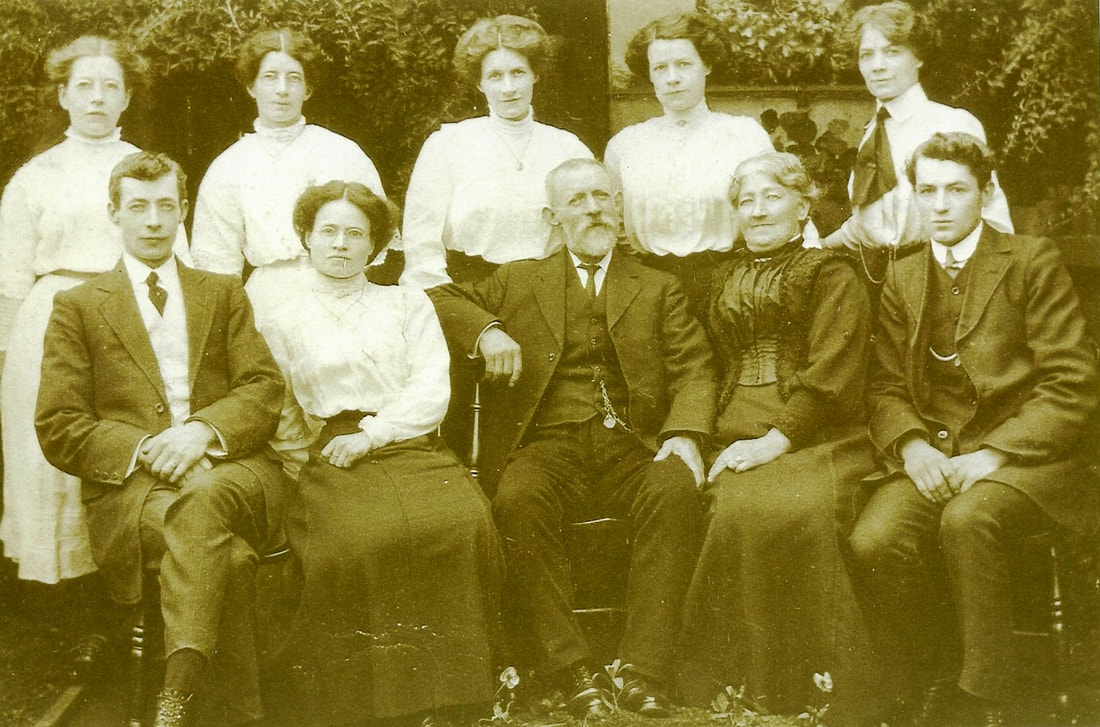
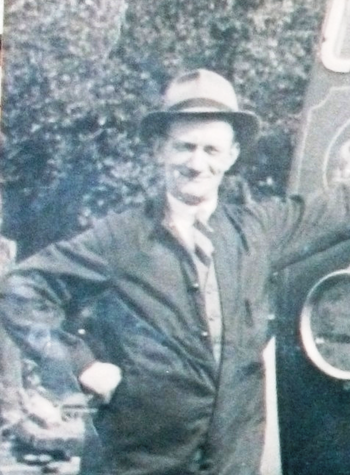
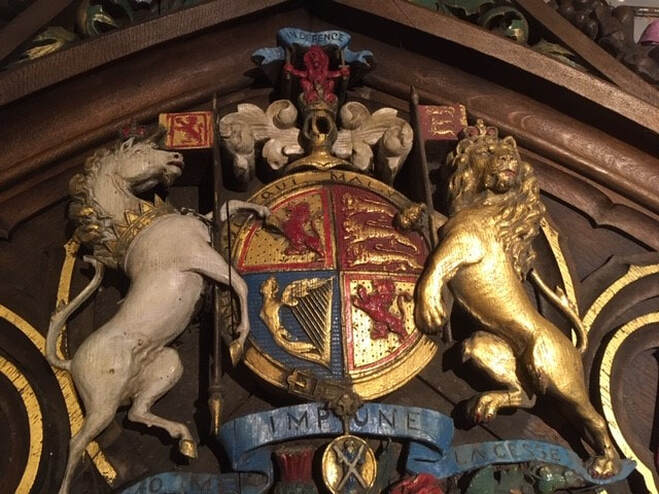
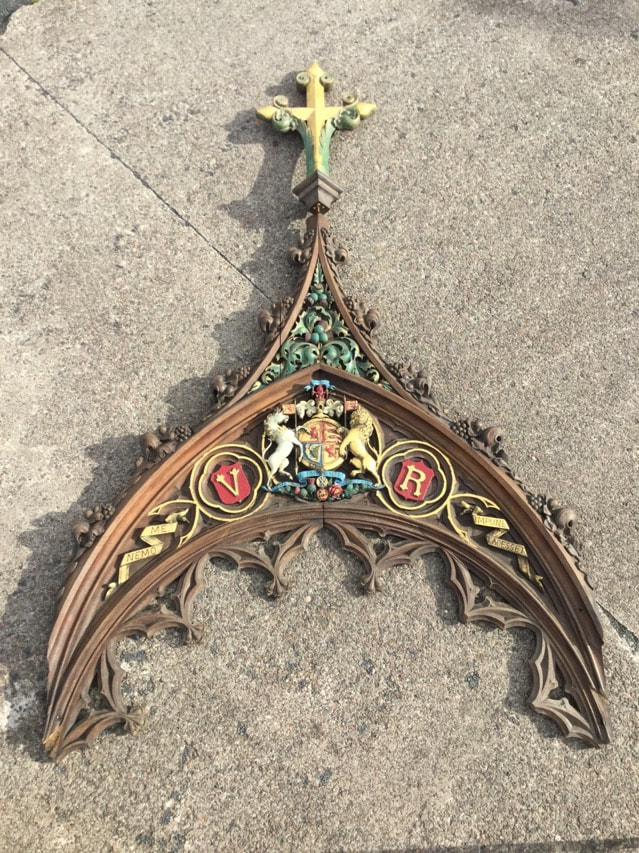
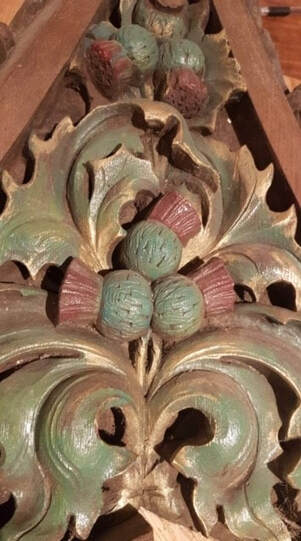
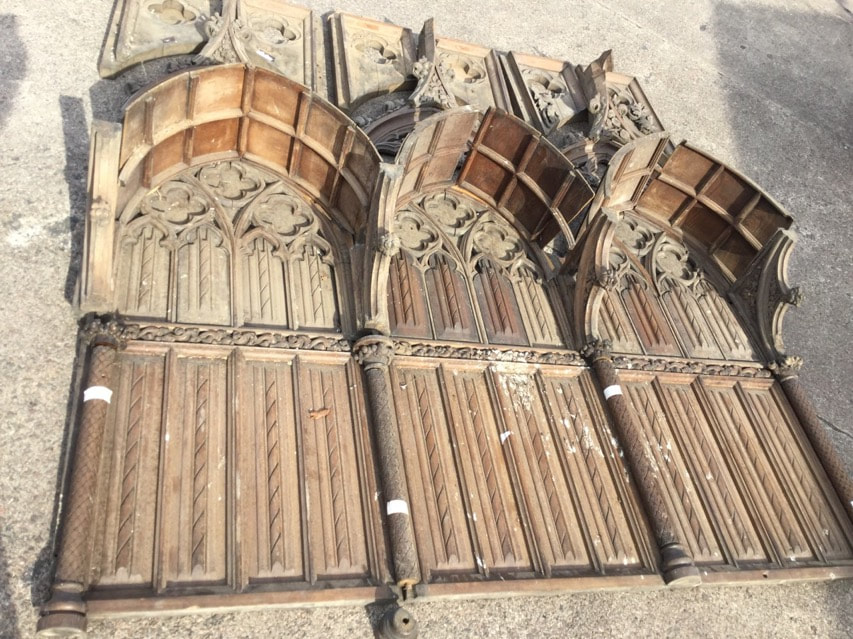
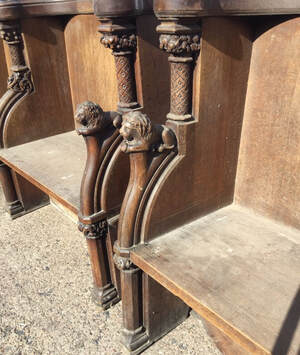
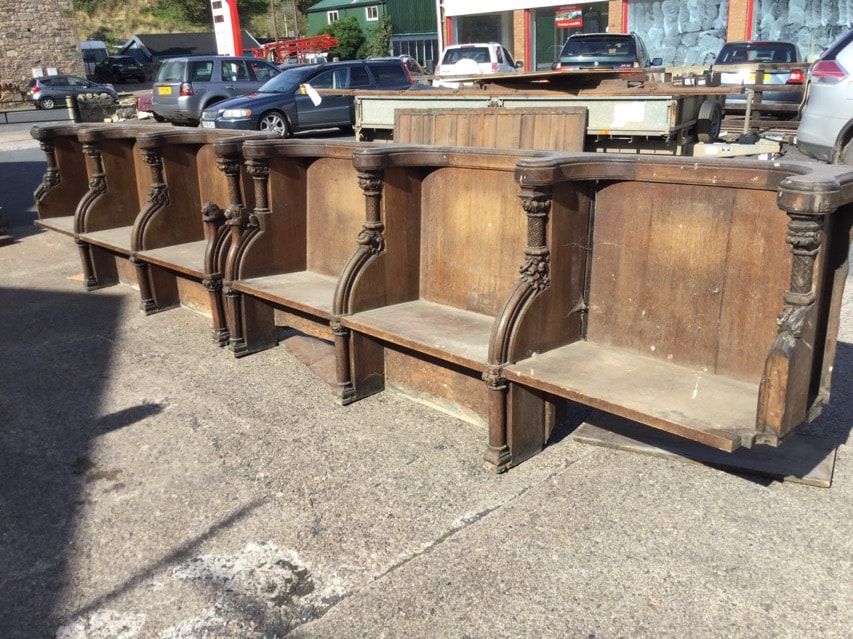
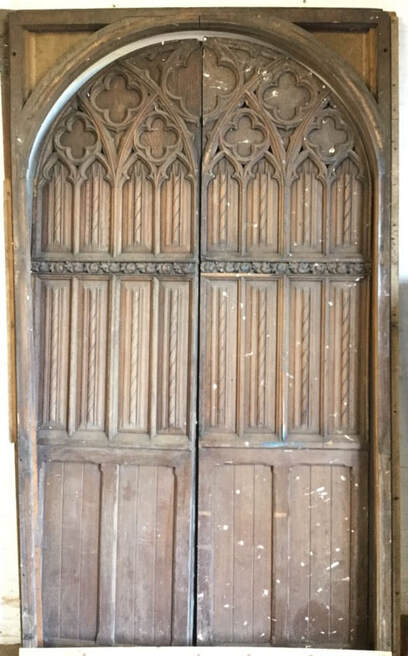
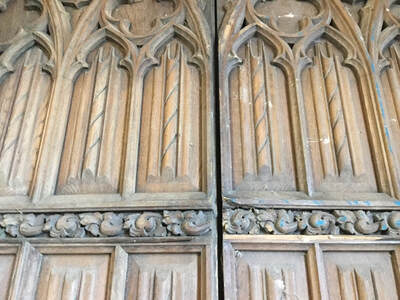
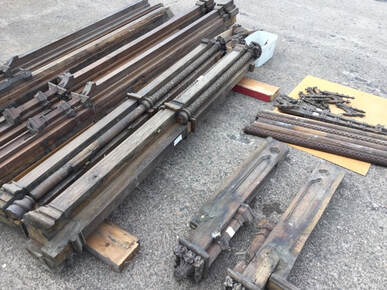
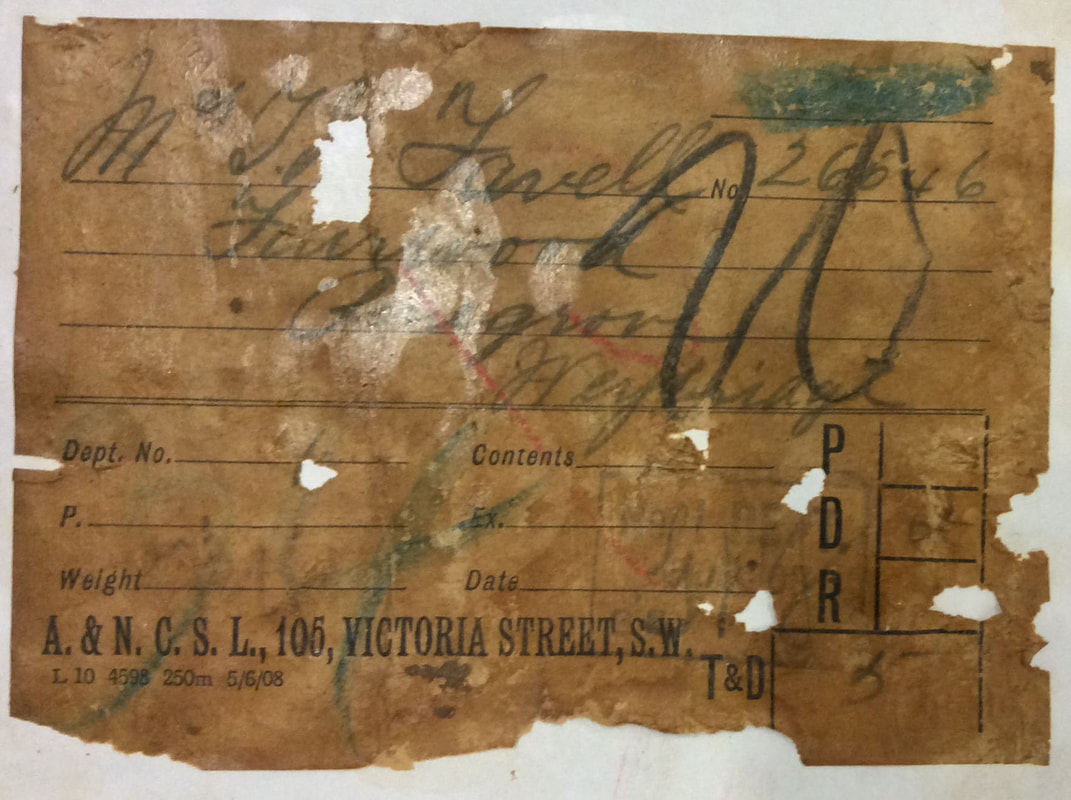
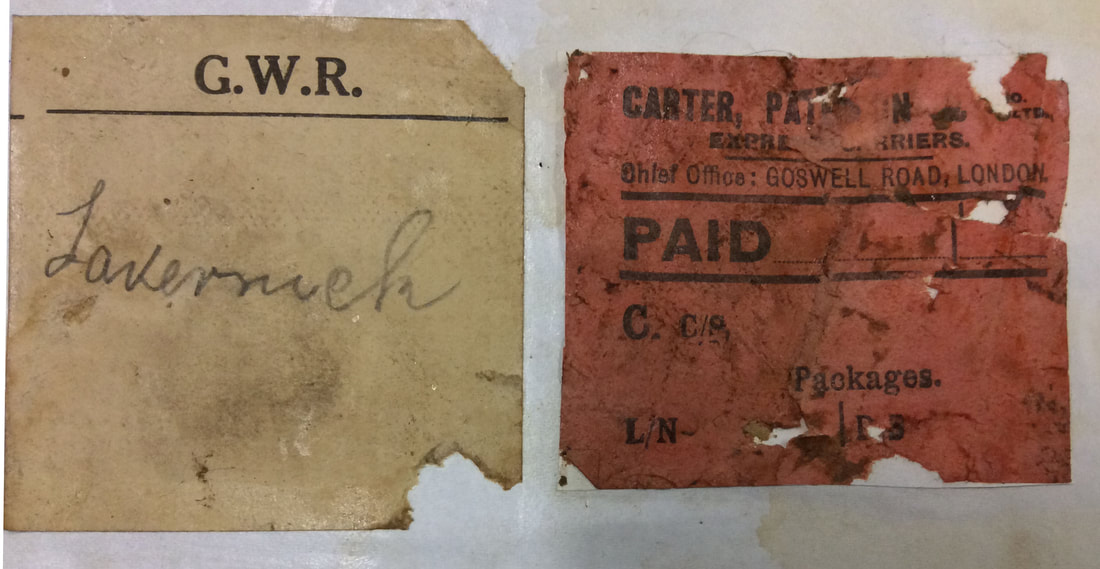
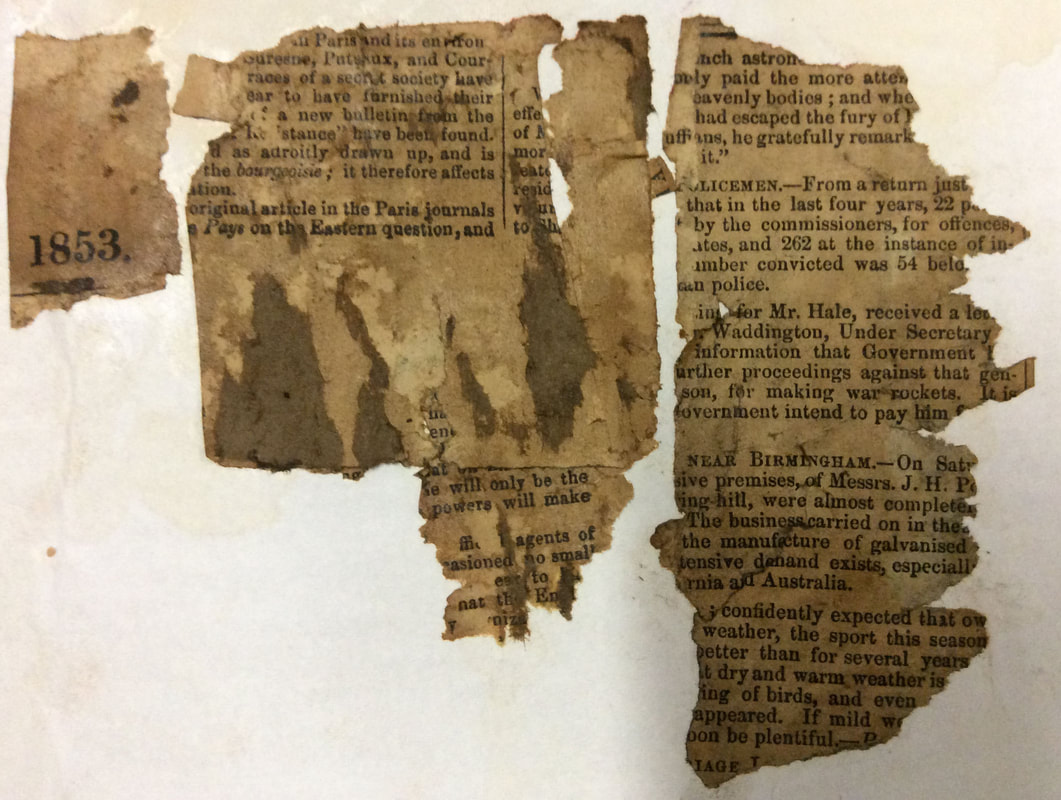
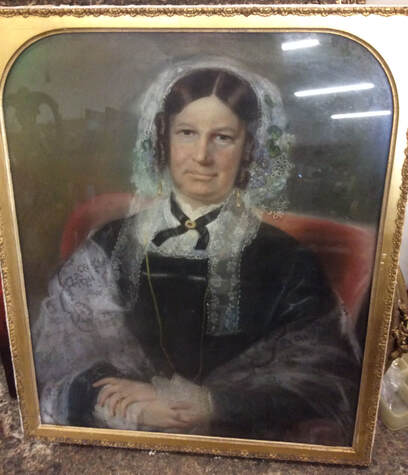
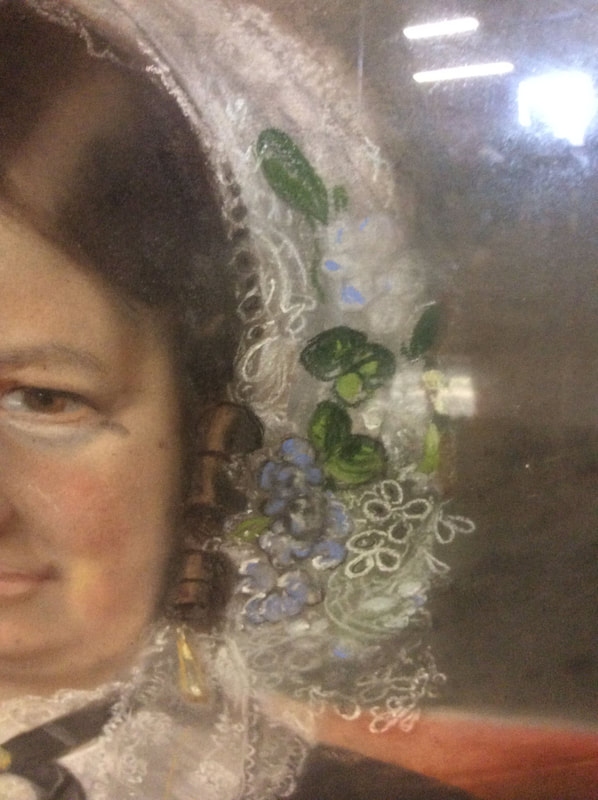
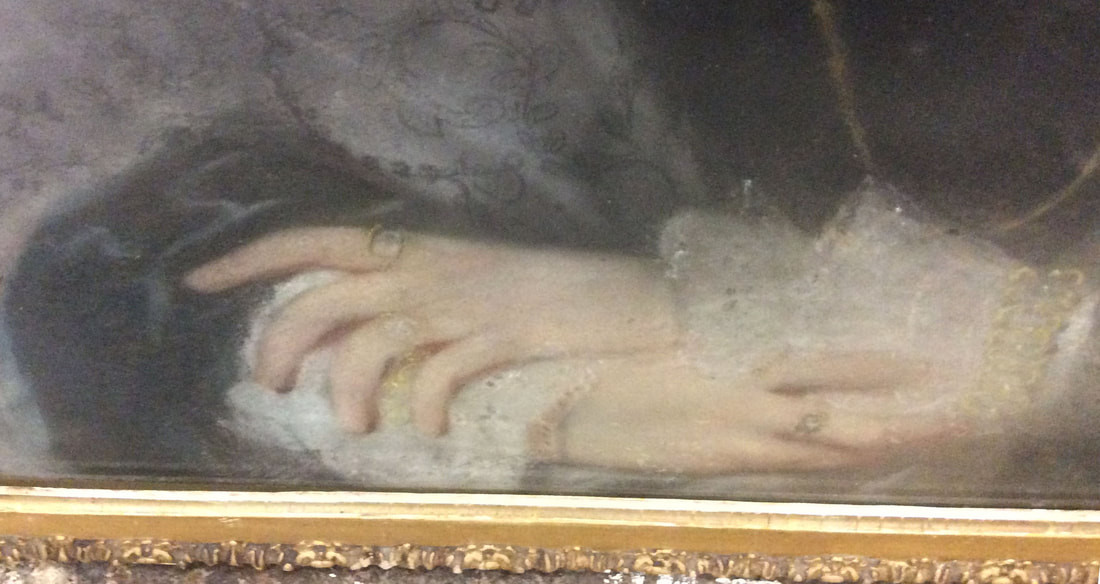
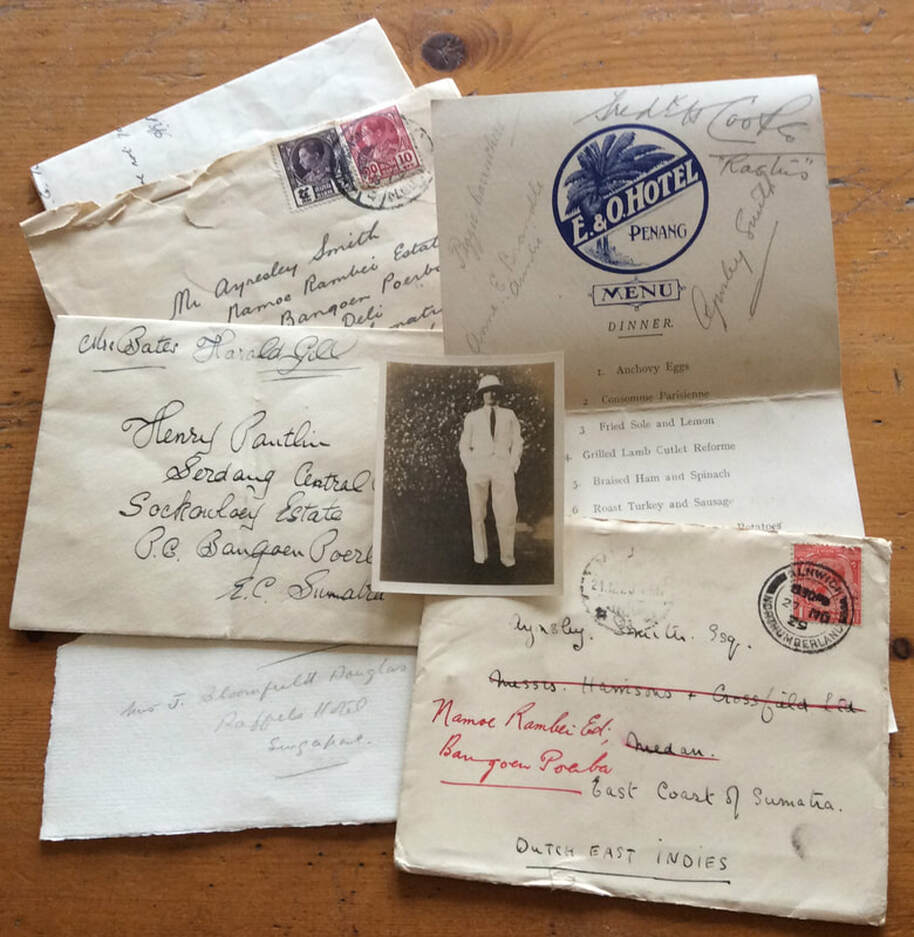
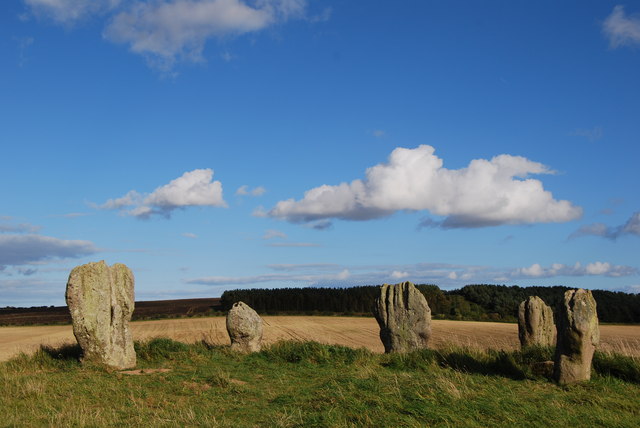
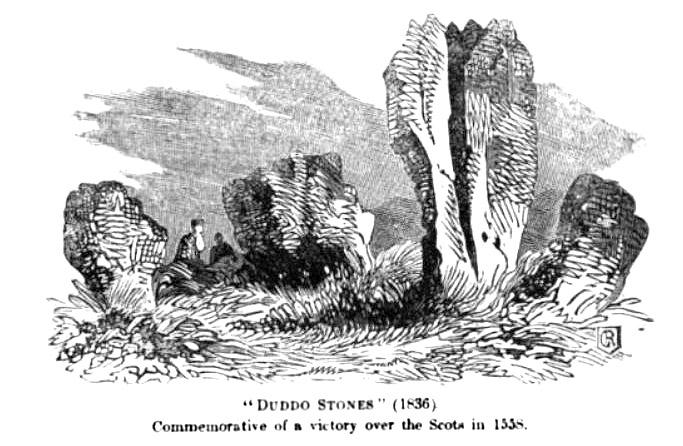
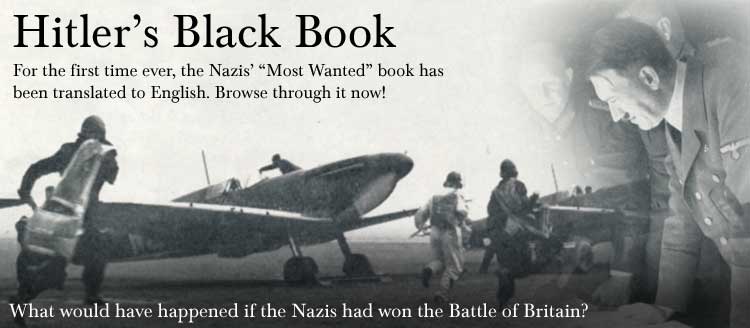
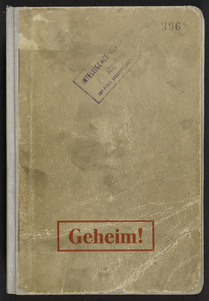
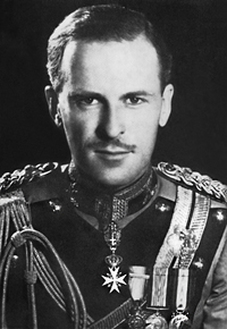
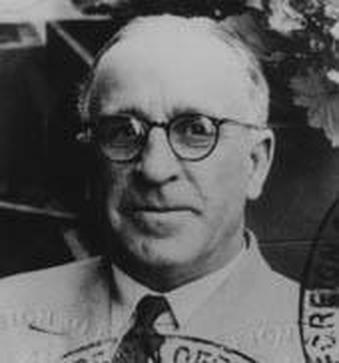

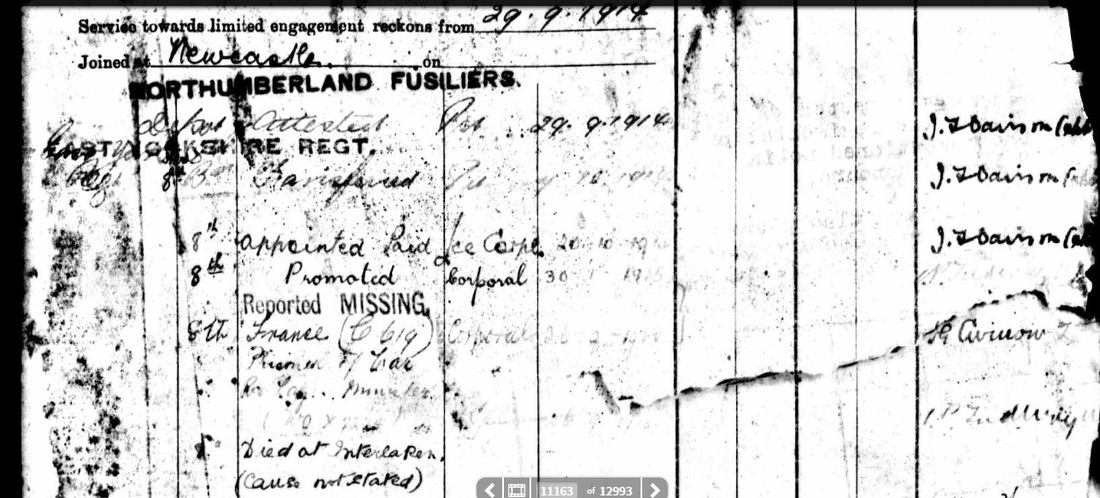
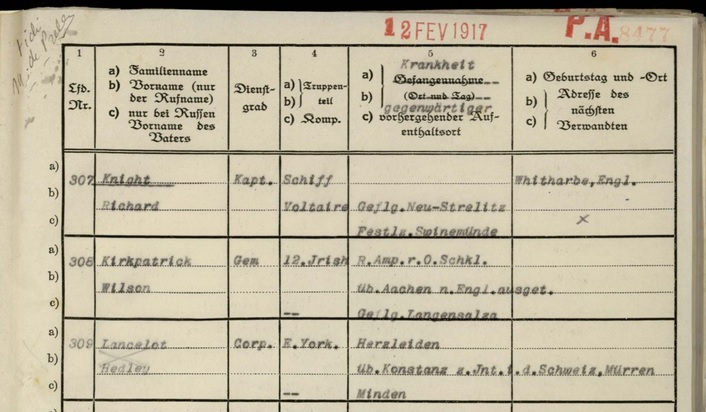
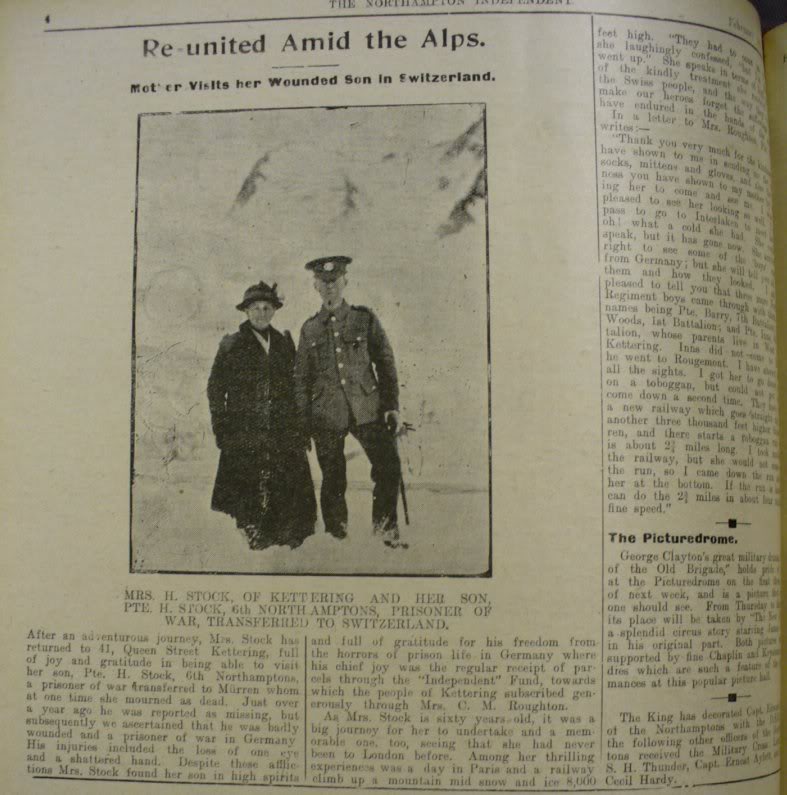


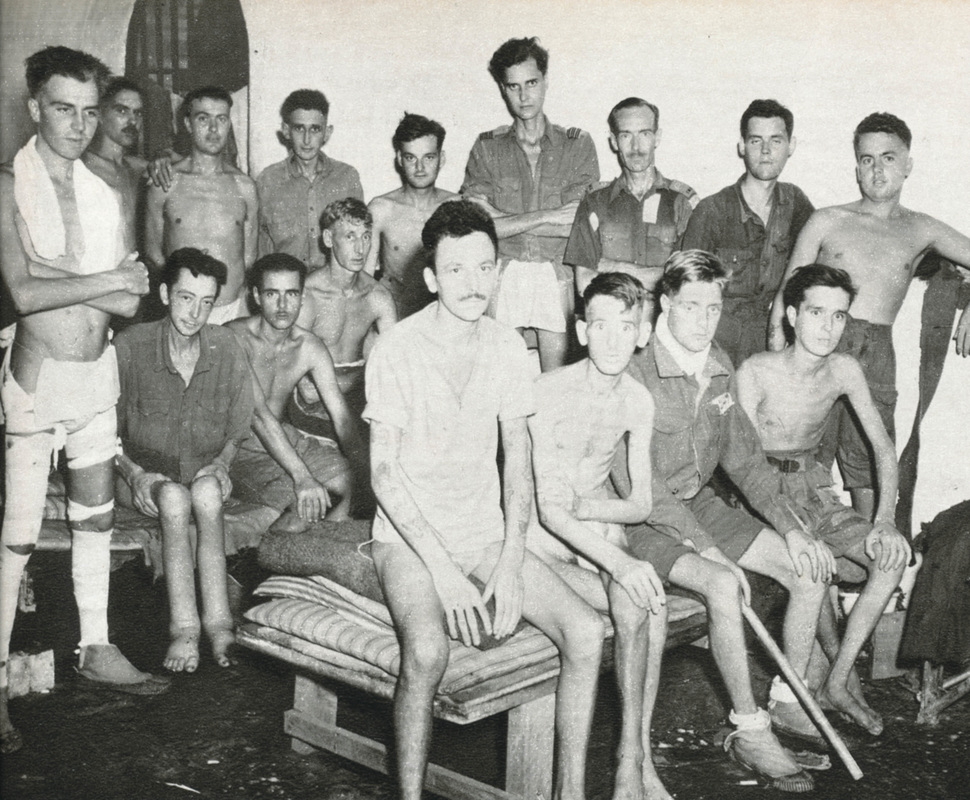
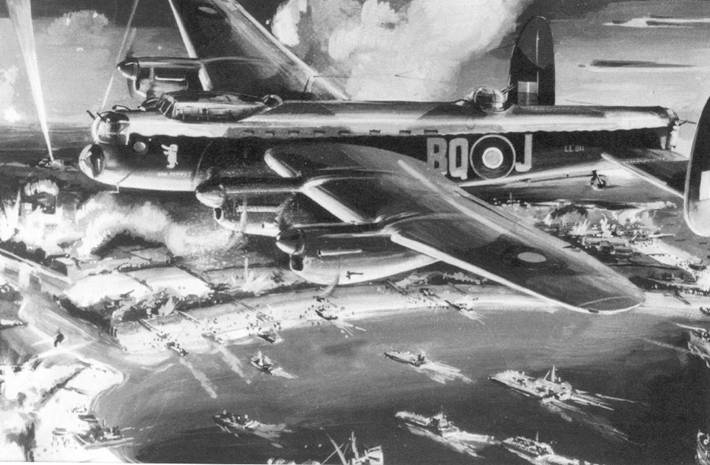
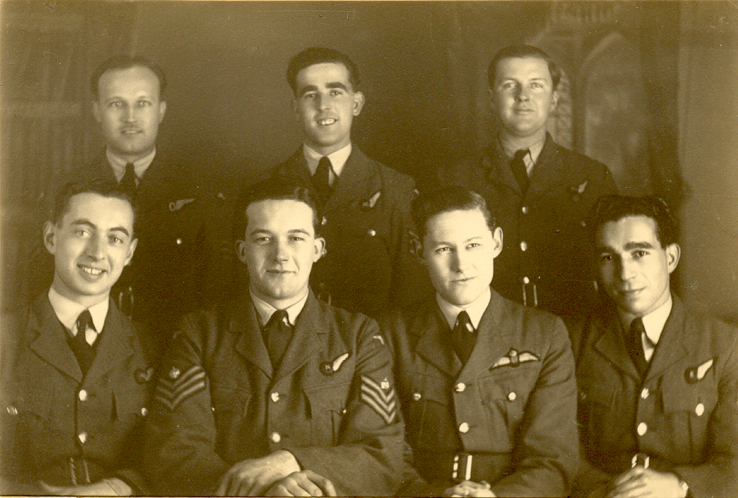
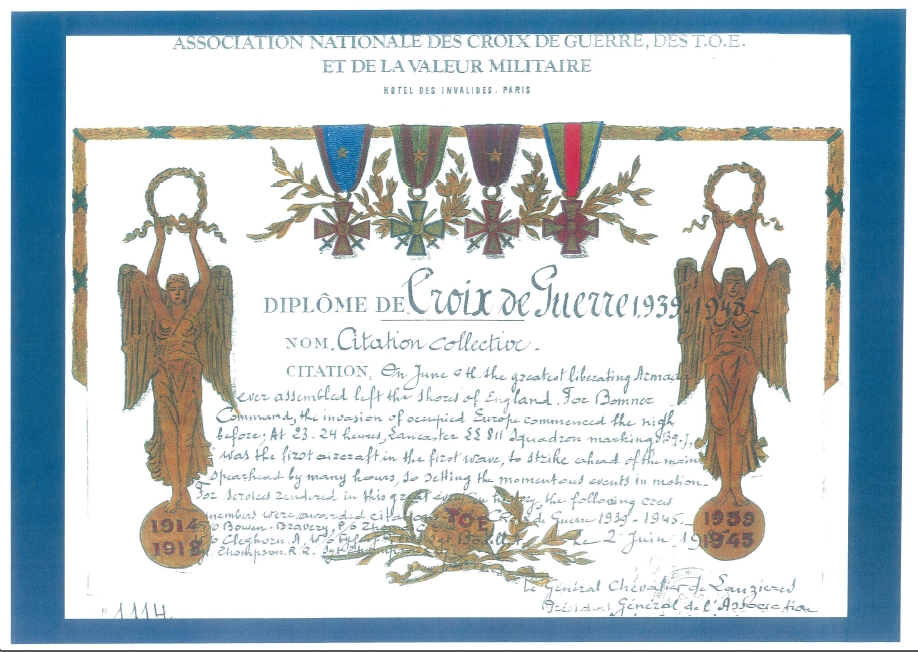


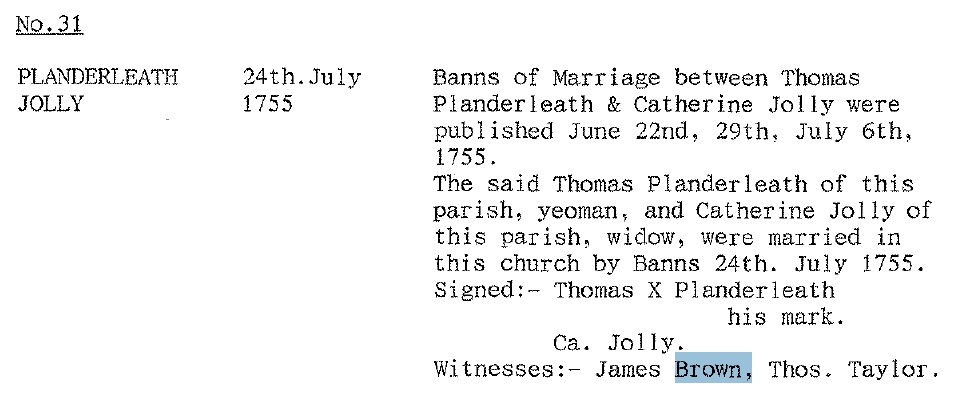


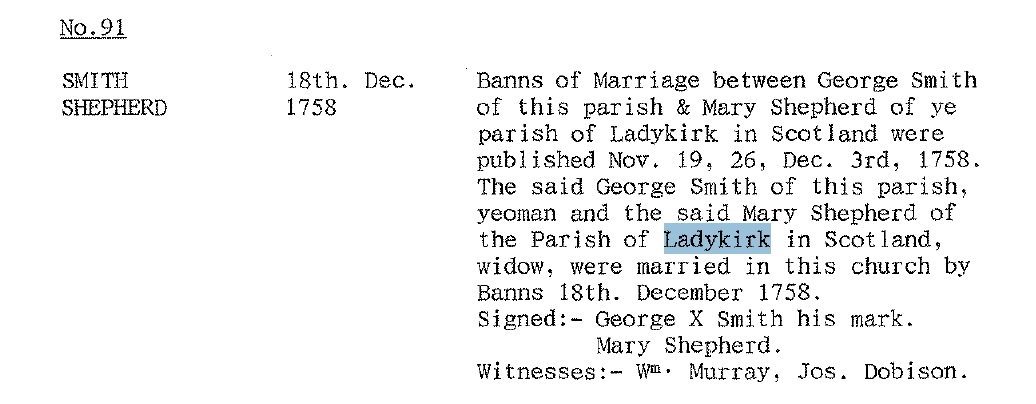
 RSS Feed
RSS Feed

